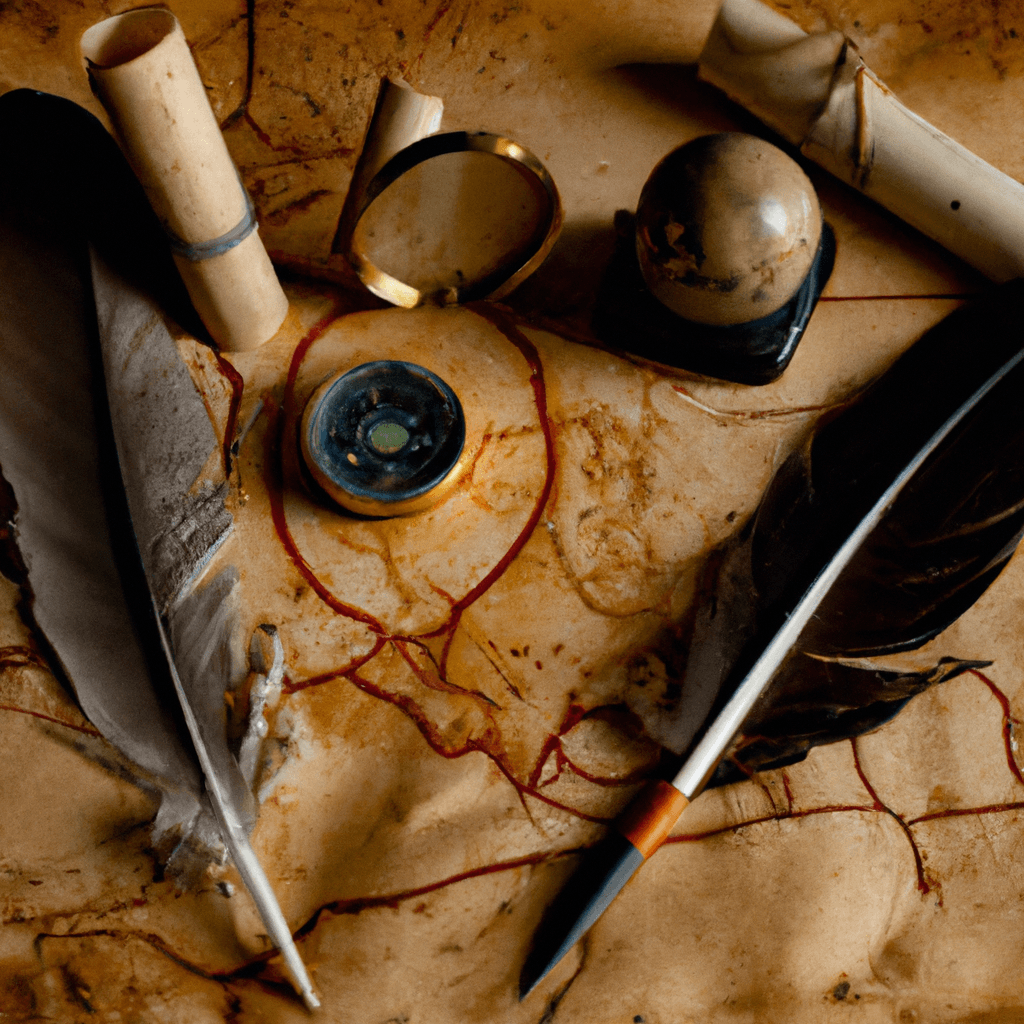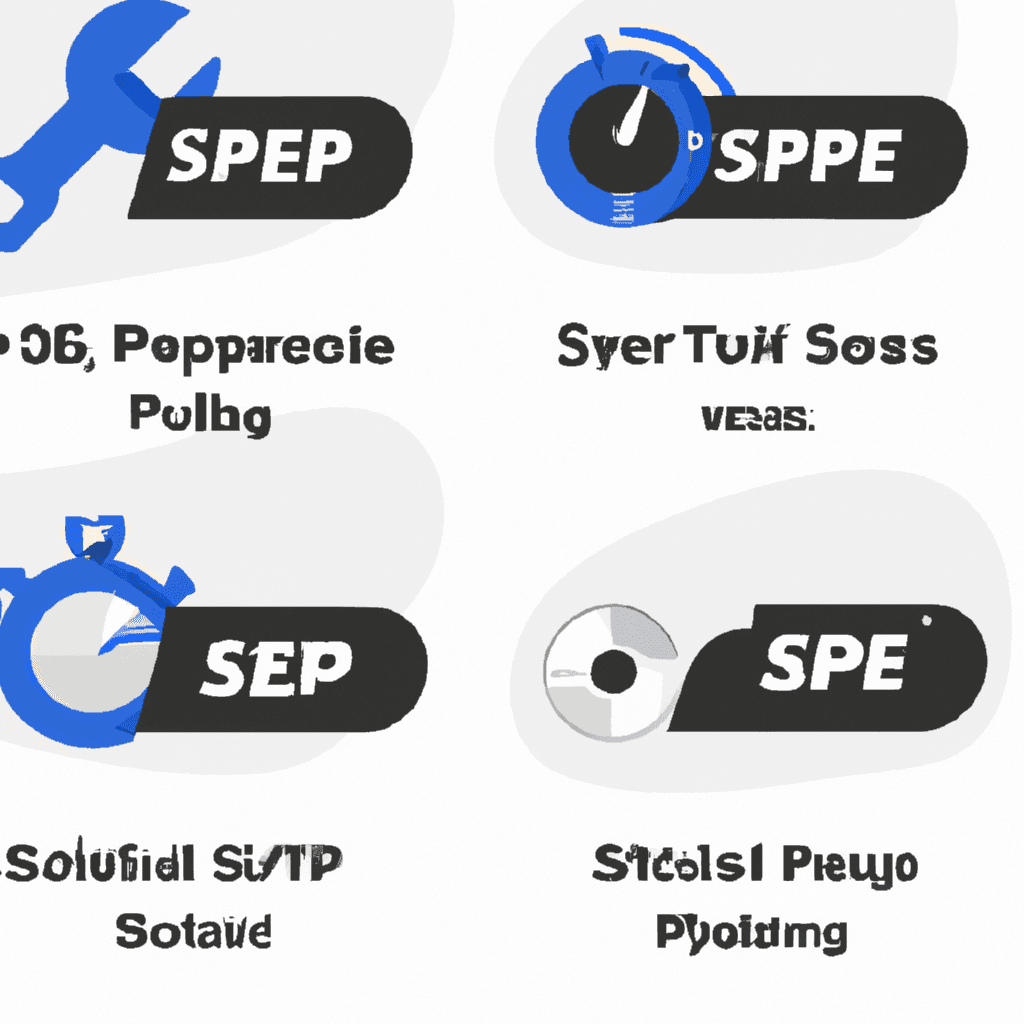5 Ancient Cartography Techniques That Influenced Modern Mapping

1. Stargazing and Celestial Navigation
Looking to the Stars for Direction
Cartography has come a long way since its inception thousands of years ago. Before the invention of smartphones and GPS devices, the ancient navigators didn't have such luxury. Instead, they relied on the simplest yet most reliable tool available to them: the night sky. By studying the stars and the movements of celestial bodies, ancient navigators were able to determine their position and navigate their ships across vast oceans.
Ancient sailors noticed that certain stars remained fixed in the sky, serving as reliable points of reference. One particular star, known as the North Star or Polaris, held immense significance for sailors in the Northern Hemisphere. It always pointed towards the north, providing them with a reliable compass when other means of navigation were unavailable.
Mapping the Skies
In addition to using stars for navigation, ancient civilizations also developed intricate systems for mapping the heavens. These celestial maps, also known as star charts, allowed people to track the movements of stars and constellations over time. They were not just scientific tools, but also works of art that reflected the cultural and mythological significance of the stars in ancient civilizations.
Star charts often depicted intricate illustrations that represented the celestial bodies. These illustrations were not only scientifically accurate but also told stories and showcased the creativity and imagination of ancient cartographers. They played a significant role in shaping the cultural narrative of the time.
Influence on Modern Mapping
The techniques of celestial navigation and the creation of star charts have had a profound impact on modern mapping. Even in the era of advanced technology, sailors and pilots still learn about the stars as a backup form of navigation. The way ancient cartographers divided the sky to map the stars is quite similar to how we divide the Earth into latitude and longitude. This division allows us to accurately pinpoint locations and create accurate maps of the world.
Furthermore, modern technology has enabled us to combine celestial navigation with GPS systems, creating even more accurate and reliable means of navigation. By integrating the ancient techniques of stargazing and celestial navigation with advanced technology, we are able to create maps that are both comprehensive and precise.
2. Hand-Drawn Maps and the Art of Illustration
Masterpieces by Hand
Before the advent of printing presses and computer software, maps were meticulously crafted by hand. Ancient mapmakers employed simple tools such as reed or feather pens, ink, and animal skins or parchment to create their masterpieces. These hand-drawn maps were not only informative but also stunning works of art.
Ancient maps were often adorned with elaborate illustrations, fancy lettering, and intricately designed borders. These artistic elements served not only to make the maps visually appealing but also to convey additional information. Illustrations of mythical creatures, landmarks, and people provided valuable insights into the culture, mythology, and even the fauna of the region being mapped.
Telling Stories Through Maps
Ancient maps were not mere representations of geographical features; they were also narratives that told stories. The illustrations incorporated into the maps served to depict the lives of the people inhabiting the areas, the types of animals that could be found, and even mythical beasts like dragons. While these illustrations may not have been scientifically accurate by today's standards, they provided a unique perspective on how ancient civilizations perceived the world around them.
Lasting Impressions in Modern Cartography
Even in the modern era, we continue to appreciate and draw inspiration from the artistry of ancient maps. While contemporary map design prioritizes clarity and readability, the aesthetic appeal of maps is still appreciated. Some map designers, especially for special editions or fantasy novels, intentionally mimic the style and artistic elements found in ancient maps, paying homage to the masterpieces created by those early cartographers.
In the age of digital mapping, hand-drawn maps may have dwindled in popularity, but they remain a testament to the skill, creativity, and dedication of ancient mapmakers. They serve as a reminder of the artistry that can be found in even the most practical of endeavors.
3. The Use of Geometry and Grid Systems
Shapes and Lines
Ancient Greek scholars, such as Pythagoras and Euclid, made significant contributions to cartography through their love for geometry. Geometry, the study of points, lines, shapes, and angles, played a crucial role in creating more accurate maps. By utilizing geometric principles, ancient cartographers were able to better represent the distances and directions between different locations.
The application of geometry allowed mapmakers to create proportional representations of regions, ensuring that the shapes and sizes of countries, landmasses, and bodies of water were accurately depicted. This attention to detail was instrumental in creating maps that were useful for navigation and exploration.
Grids on a Map
One of the most significant contributions of ancient cartography was the utilization of a grid system on maps. This grid system consisted of horizontal and vertical lines, creating a network of coordinates that facilitated pinpointing specific locations. This concept of a grid system revolutionized the way maps were created and used.
By incorporating a grid system, ancient cartographers provided a standardized means of referencing and locating places on a map. This grid system laid the foundation for the development of more advanced coordinate systems, such as latitude and longitude, which are integral to modern mapping techniques.
Grid Systems in Modern Mapping
The use of grids in modern mapping has become ingrained in our daily lives. From the maps on our smartphones to the navigation systems in our cars, grid systems provide us with familiar reference points that allow us to navigate and explore the world around us with ease.
Grid systems have also revolutionized the way we interact with maps. With the advent of technologies such as GPS, we can now pinpoint our exact location on a map with the touch of a button. This integration of grid systems and advanced technology has made mapping more accessible and user-friendly than ever before.
4. The Development of Map Projections
Fitting a Round Earth on a Flat Map
One of the most significant challenges of cartography is representing the spherical Earth on a flat surface. Ancient cartographers faced this challenge head-on and devised various methods, known as projections, to accurately depict the Earth's geography on maps.
Different map projections were designed to highlight specific aspects of the Earth's surface, whether it be the entire world, specific regions, or accurate navigation for seafarers. Each projection came with its strengths and weaknesses, but collectively, they paved the way for a deeper understanding of the Earth's geography.
Contributions to Present-Day Techniques
The development of map projections by ancient cartographers laid the foundation for modern mapping techniques. These ancient projections provided valuable insights into how the Earth's surface could be represented accurately on maps. Today, we have access to a wide array of map projections, each suited for different purposes.
Modern cartographers rely on these projections to create accurate and reliable maps. Whether it is to minimize distortions for air travel routes or to facilitate educational purposes, such as teaching students about the world, these projections play a crucial role in conveying accurate spatial information. The work of ancient cartographers continues to influence and shape contemporary map design.
5. Incorporating Landmarks and Topography
Signposts of the Ancient World
Ancient maps were not solely focused on the representation of geographical features. They often incorporated landmarks, which served as recognizable and easily distinguishable features on the maps. Landmarks such as mountains, rivers, and significant buildings allowed travelers to navigate their surroundings more effectively.
Landmarks served as important signposts in ancient times, allowing individuals to verify their location based on what they saw in real life and compared it to what was depicted on the map. This integration of landmarks into maps provided essential visual cues for navigation, especially in unfamiliar territories.
The Lay of the Land
Topography, the study of the shape and features of the Earth's surface, played a significant role in ancient cartography. Ancient cartographers sought to capture the ups and downs of the land, sketching hills, valleys, and rivers on their maps. This attention to topographical detail not only enhanced the usefulness of the maps but also added a layer of visual interest and depth.
By incorporating the lay of the land, ancient mapmakers provided a more comprehensive representation of the geography being depicted. These depictions enabled individuals to gain a better understanding of what to expect when traversing certain regions, such as rugged terrains or areas with significant water bodies.
Impact on Contemporary Map Design
Modern maps continue to prioritize the inclusion of important landmarks and topographical features. Whether it is a specialized three-dimensional map of a hiking trail or a satellite view on a mapping application, showcasing the physical characteristics of the land remains a vital aspect of map design.
By providing a visual representation of significant landmarks and the lay of the land, contemporary maps offer users a more comprehensive understanding of the regions they are exploring or traveling through. This attention to detail aids in navigation and enhances the overall user experience.
From the ancient technique of stargazing and celestial navigation to the artistry of hand-drawn maps adorned with illustrations, ancient cartography techniques have undeniably influenced modern mapping practices. The use of geometry and grid systems, the development of map projections, and the incorporation of landmarks and topography all contribute to the sophisticated maps we have today.
As we navigate through the world using digital maps on our smartphones or unfold a paper map, we should reflect on the ancient roots of these tools. The techniques employed by ancient cartographers paved the way for the remarkably detailed and helpful maps we rely on in the modern age. Looking forward, it is fascinating to consider how future generations will perceive and marvel at the maps we create today.

Top 5 Unexpected Ways Musical Improvisation Can Enhance Your Blogging Strategy

Cultivating Variety: 5 Gardening Techniques to Enrich Your Content Strategy

Cultivating Your Digital Garden: 5 Strategies for Content Diversification

Top 5 Strategies for Enhancing Cross-Disciplinary Research Collaboration

Top 5 Ways Cognitive Flexibility Enhances Content Creation

Top 5 Cognitive Behavioral Strategies for Entrepreneurs Seeking Peak Performance

5 Effective Time Management Strategies for Busy Entrepreneurs

The Role of Circadian Rhythms in Content Creation: Maximizing Productivity and Creativity

Maximizing Your Harvest: 5 Surprising Lessons from High-Tech Blogging Platforms

Top 5 Explosive Growth Hacking Case Studies for Newbies

Cracking the Code: Understanding the Costs of WordPress Website Maintenance

Top 7 Proven Strategies to Market Your Multi-Niche Blogs and Maximize SEO Impact

Revolutionizing Content Creation: How Auto-Blogging Platforms are Changing the Game

How to Achieve Seamless Auto-Scaling for Your E-Commerce Store with AWS and React

Unveiling OneClickBlog: Streamline Your Content Creation with Automated Multi-Blogging

How to Generate Passive Income Effortlessly with Automated Blogging

Transform Your Blog: Discover 5 Must-Have AI Tools for SEO-Optimized Content

Unleashing the Power of Auto-Blogging: A Guide for Content Creators

WordPress vs. Shopify: Mastering SEO for Quick Rankings in 2023

Revolutionizing Digital Entrepreneurship: Harnessing Auto-Blogging and Affiliate Marketing

Transitioning from Job Hunt Frustrations to Startup Founding: Is It Your Path Forward?
